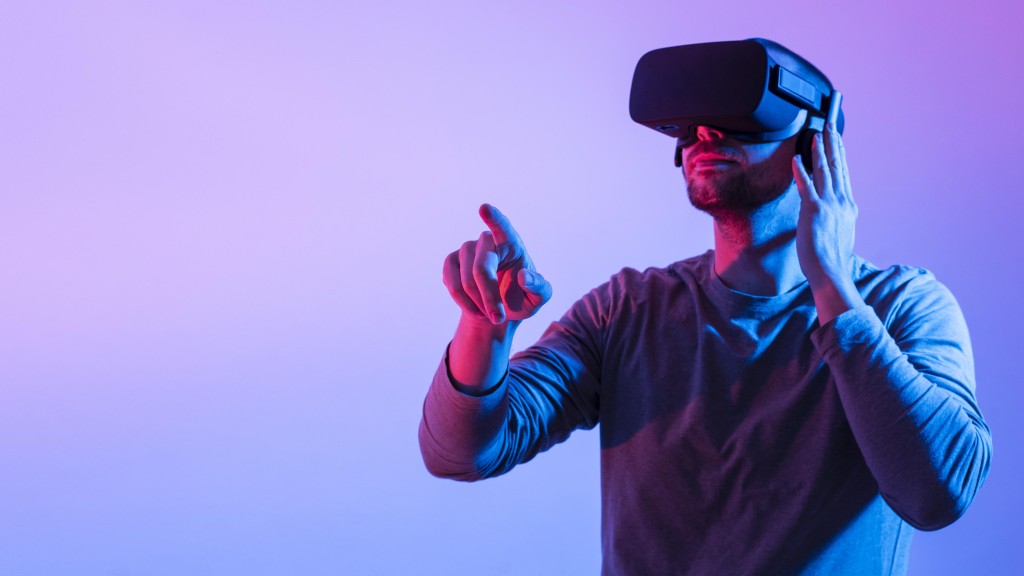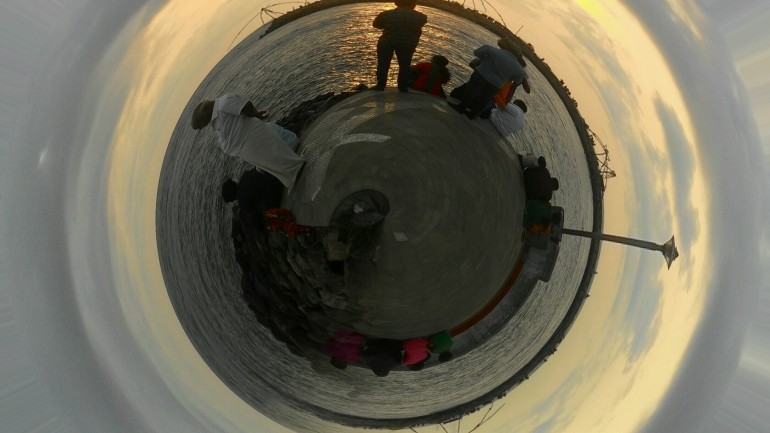
Virtual Reality (VR) has ushered in a new era of immersive experiences, enabling users to interact with digital environments in unprecedented ways. However, creating high-quality VR content presents a unique set of challenges, particularly in the realm of video editing. Editors must navigate technical, artistic, and practical obstacles to deliver seamless and engaging VR experiences. This article delves into the primary challenges faced by video editors working with VR content and explores potential solutions and strategies to overcome these hurdles.

Working with VR in video editing presents a host of challenges that require technical expertise, creative ingenuity, and practical solutions. From managing high-resolution footage and complex stitching processes to designing immersive and comfortable viewer experiences, editors must navigate a multifaceted landscape. Despite these challenges, the potential of VR to create compelling and immersive content makes it a rewarding field for those willing to invest the time and effort to master its intricacies. As technology continues to evolve, the tools and techniques for VR editing will undoubtedly improve, making it an even more exciting and accessible medium for storytellers and content creators.
1. Technical Complexity
High-Resolution Footage
VR content often requires high-resolution video to ensure clarity and immersion. Standard VR resolutions range from 4K to 8K and beyond, which significantly increases the file sizes and demands on hardware and software. Editing such high-resolution footage can be taxing on computer systems, necessitating powerful processors, ample RAM, and high-performance storage solutions.Stitching Footage
VR video typically involves capturing footage from multiple cameras arranged in a rig to cover a full 360° view. This footage must then be stitched together seamlessly to create a cohesive spherical video. Stitching is a complex process that involves aligning, blending, and synchronizing multiple video streams, which can be time-consuming and prone to errors such as visible seams, mismatched colors, and parallax issues.Software Limitations
While video editing software has advanced significantly, not all programs are fully optimized for VR editing. Editors may encounter limitations in terms of workflow integration, tool availability, and real-time preview capabilities. Specialized VR editing software like Adobe Premiere Pro, Final Cut Pro X with VR plugins, and dedicated tools such as Kolor Autopano Video can help, but they often come with steep learning curves and additional costs.2. User Experience Design
Immersive Storytelling
Editing VR content requires a different approach to storytelling compared to traditional video. Editors must consider the immersive nature of VR and how to guide the viewer’s attention within a 360° space. Traditional editing techniques like cuts and transitions can be jarring in VR, so editors need to employ more subtle methods, such as using natural scene changes, spatial audio cues, and visual landmarks to direct the viewer’s gaze.Viewer Comfort
Ensuring viewer comfort is paramount in VR. Abrupt movements, rapid cuts, or mismatched perspectives can cause motion sickness and disorientation. Editors must strive for smooth transitions and consistent pacing. Additionally, maintaining a stable horizon line and avoiding excessive camera movement are crucial to providing a comfortable viewing experience.3. Collaboration and Workflow
Collaboration Challenges
Collaborating on VR projects can be more challenging than traditional video projects due to the specialized nature of the content and the need for specific hardware and software. Team members may need access to VR headsets for proper review and feedback, which can complicate remote collaboration. Clear communication and well-defined workflows are essential to ensure that everyone is on the same page.Storage and File Management
The large file sizes associated with high-resolution VR footage necessitate robust storage solutions and efficient file management practices. Editors must implement effective data organization, backup, and version control strategies to manage the extensive amount of data generated during the editing process.4. Skill Development
Learning Curve
Mastering VR video editing requires learning new skills and techniques. Editors must familiarize themselves with VR-specific tools, understand the intricacies of spherical video, and adapt to new storytelling paradigms. Continuous learning and staying updated with industry developments are essential for maintaining proficiency in VR editing.Creative Problem-Solving
VR editing often involves creative problem-solving to address unique challenges, such as dealing with the absence of a fixed frame, ensuring spatial audio synchronization, and creating engaging interactive elements. Editors must be innovative and adaptable to find effective solutions that enhance the immersive experience.
Working with VR in video editing presents a host of challenges that require technical expertise, creative ingenuity, and practical solutions. From managing high-resolution footage and complex stitching processes to designing immersive and comfortable viewer experiences, editors must navigate a multifaceted landscape. Despite these challenges, the potential of VR to create compelling and immersive content makes it a rewarding field for those willing to invest the time and effort to master its intricacies. As technology continues to evolve, the tools and techniques for VR editing will undoubtedly improve, making it an even more exciting and accessible medium for storytellers and content creators.

